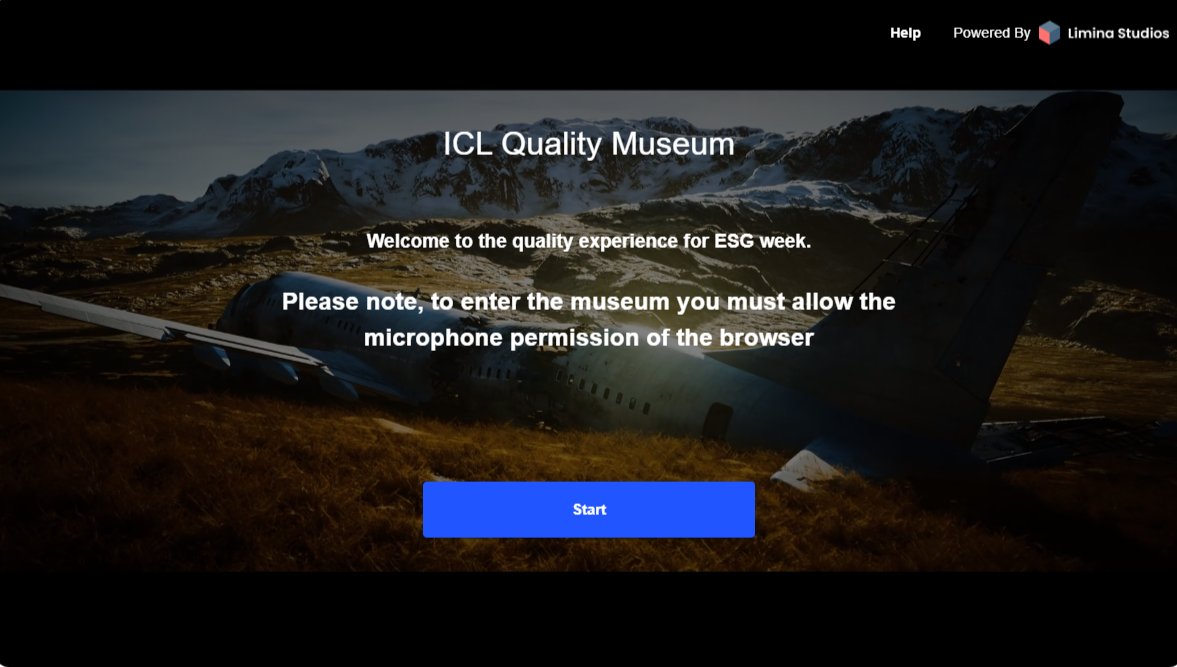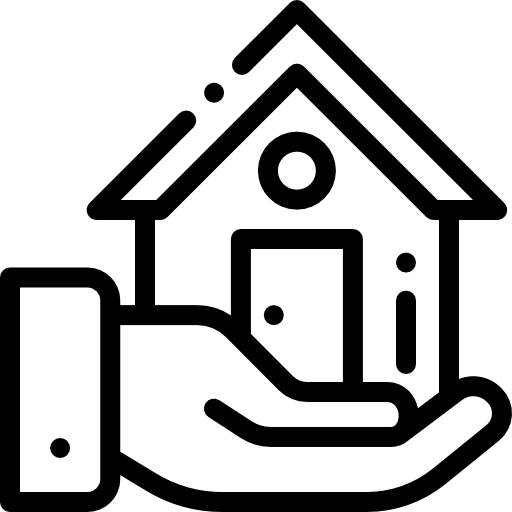Avatars
Use Case

Virtual Events
Accommodate up to 100 guests in your Digital Twin by hosting virtual events.

Marketing and Advertising
Create a space perfectly aligned with your brand identity.

Metaverse Experience
Guide your business into the web3 era using Metaverse e-commerce.

Training & Onboarding
Leverage immersive and realistic settings to train employees safely and efficiently.
Features
Platform Management
Customize Your Conference
Chat, Screen Sharing and more
FAQs
A digital twin is a hyper-realistic 3D model of a real-world space, created using advanced imaging and data capture technologies. This virtual replica allows users to explore and interact with the physical space from anywhere in the world. By simulating the real-world environment in detail, digital twins enable users to experience the space as if they were actually there, providing a highly immersive and interactive experience.
Digital twins offer numerous benefits for businesses. They provide a unique and engaging way to showcase physical spaces, such as real estate properties, retail stores, event venues, or museums, to potential customers or clients. This technology enhances customer experience by allowing virtual walkthroughs, which can lead to increased interest and engagement. Additionally, digital twins facilitate remote collaboration and planning, helping teams visualize and interact with spaces without the need for physical presence, thus saving time and reducing travel costs.
Creating a digital twin involves using advanced imaging technologies, such as high-resolution 3D cameras, LiDAR scanners, and photogrammetry software, to capture detailed data about the physical space. This data is then processed to create the 3D model. To view and interact with a digital twin, users typically need a device with internet access, such as a computer, tablet, or smartphone. Virtual reality (VR) headsets can also be used to enhance the immersive experience, though they are not required for basic interaction.
The data used to create digital twins is handled with high security standards to ensure the privacy and protection of sensitive information. Advanced encryption methods are used during data capture, processing, and storage to prevent unauthorized access. Additionally, reputable digital twin providers comply with industry regulations and best practices for data security, ensuring that your information is safe and secure throughout the entire process.
Yes, digital twins can be updated to reflect changes in the physical space. This is particularly useful for dynamic environments that undergo frequent modifications, such as retail spaces, construction sites, or corporate offices. By periodically recapturing the space with the same imaging technologies, the digital twin can be refreshed to include new features, layout changes, or any other updates, ensuring that the virtual model remains accurate and up-to-date.
Want to learn more
If you’d like to have a more in-depth conversation about how Limina Studios can help your business, please get in touch via this form and we’ll get back to you as soon as possible.
Email : [email protected]
Mobile : 0524764537























